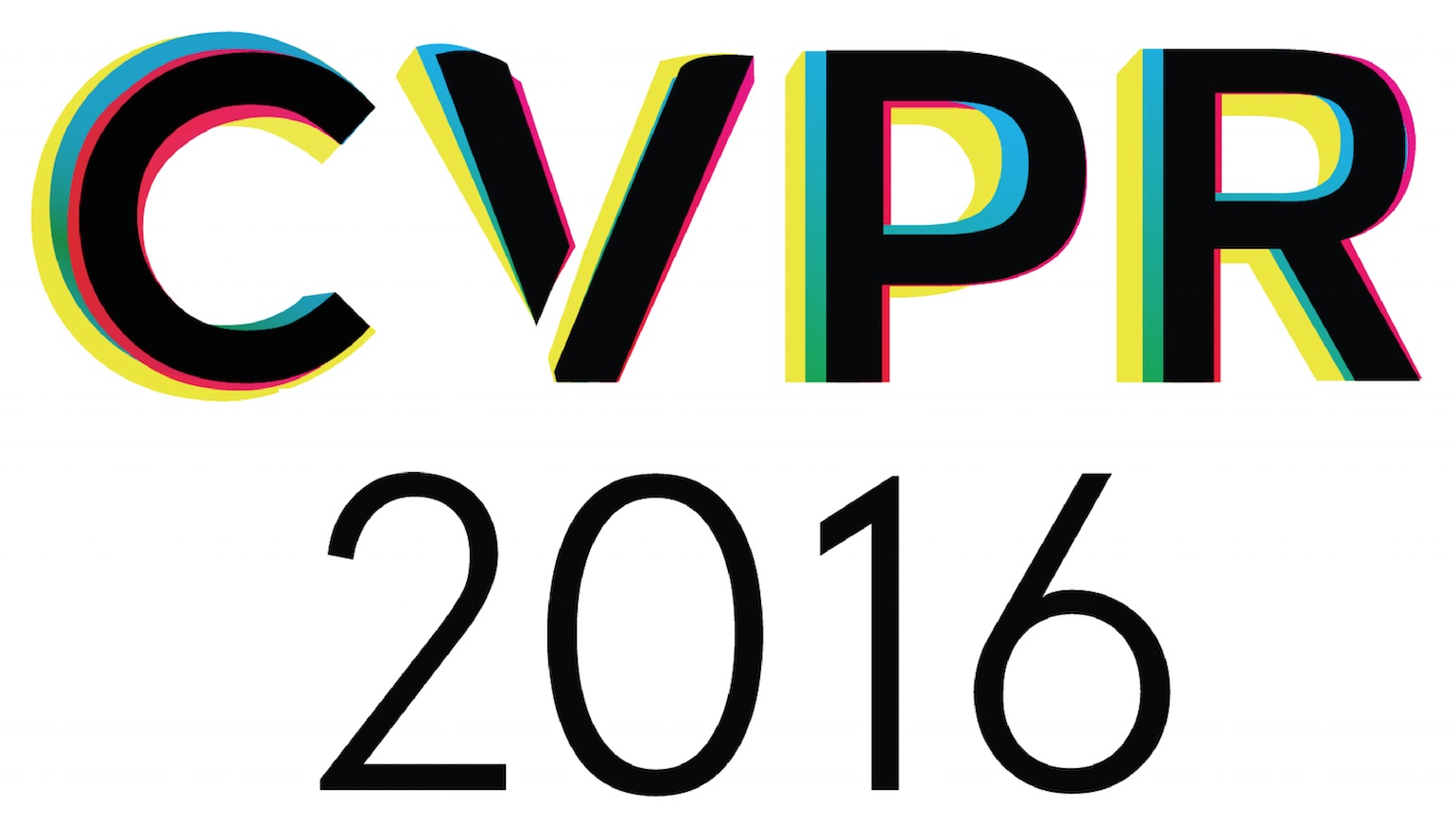-
Deep Hand: How to Train a CNN on 1 Million Hand Images When Your Data Is Continuous and Weakly Labelled
AbstractThis work presents a new approach to learning a frame-based classifier on weakly labelled sequence data by embedding a CNN within an iterative EM algorithm. This allows the CNN to be trained on a vast number of example images when only loose sequence level information is available for the source videos. Although we demonstrate this in the context of hand shape recognition, the approach has wider application to any video recognition task where frame level labelling is not available. The iterative EM algorithm leverages the discriminative ability of the CNN to iteratively refine the frame level annotation and subsequent training of the CNN. By embedding the classifier within an EM framework the CNN can easily be trained on 1 million hand images. We demonstrate that the final classifier generalises over both individuals and data sets. The algorithm is evaluated on over 3000 manually labelled hand shape images of 60 different classes which will be released to the community. Furthermore, we demonstrate its use in continuous sign language recognition on two publicly available large sign language data sets, where it outperforms the current state-of-the-art by a large margin. To our knowledge no previous work has explored expectation maximization without Gaussian mixture models to exploit weak sequence labels for sign language recognition.
Related Material
[pdf] [video][bibtex]@InProceedings{Koller_2016_CVPR,
author = {Koller, Oscar and Ney, Hermann and Bowden, Richard},
title = {Deep Hand: How to Train a CNN on 1 Million Hand Images When Your Data Is Continuous and Weakly Labelled},
booktitle = {Proceedings of the IEEE Conference on Computer Vision and Pattern Recognition (CVPR)},
month = {June},
year = {2016}
}
These CVPR 2016 papers are the Open Access versions, provided by the Computer Vision Foundation.
Except for the watermark, they are identical to the accepted versions; the final published version of the proceedings is available on IEEE Xplore.
Except for the watermark, they are identical to the accepted versions; the final published version of the proceedings is available on IEEE Xplore.
This material is presented to ensure timely dissemination of scholarly and technical work.
Copyright and all rights therein are retained by authors or by other copyright holders.
All persons copying this information are expected to adhere to the terms and constraints invoked by each author's copyright.

